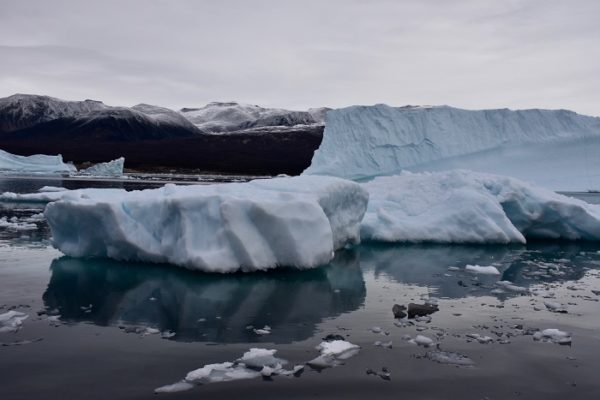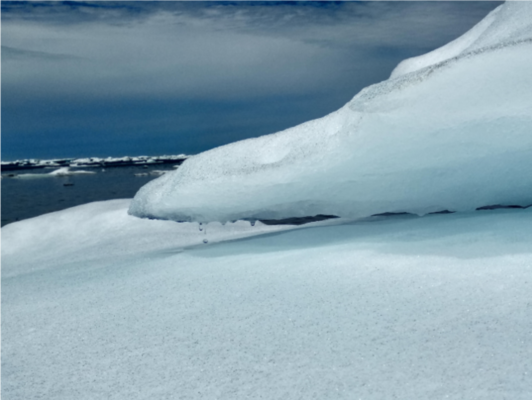When we think of lightning, it is often accompanied by warm summer nights, tropical storms and a sticky feeling when we try to sleep. However, lightning also happens in the cold Arctic, and is even increasing in frequency. But how and why? And why does that matter? What is lightning? Lightning is caused by a difference in electrical charge between the cloud and the air, nearby clouds, or the groun ...[Read More]
Climate Change & the Cryosphere: Fjord sediments reveal how melting ice impact the marine ecosystem
It is scary how fast the Greenland Ice Sheet is melting and how much freshwater it is discharging to the coastal areas around Greenland. This freshening is having a serious impact to coastal marine primary production, which is the foundation of the Arctic marine food web. Now, because of increased melting and freshwater discharge, we need to understand how coastal ecosystems will react. How will A ...[Read More]
The Polar Amplifier
It’s no secret that the Arctic is warming faster than the rest of the planet, but why? Polar Amplification (often called Arctic Amplification) is the mechanism at play. In this week’s blog, we find out about its origins and why it happens. Early Discoveries In 1969, Russian scientist Mikhail Budyko and US scientist William Sellers discovered independently that the increase in greenhouse gases comb ...[Read More]
The EverDrill project: shedding light on the interior of a Himalayan debris-covered glacier
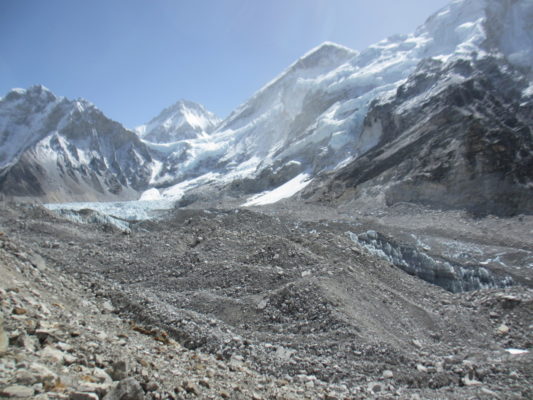
We know that glaciers are actively responding to climate change, but what is happening on the inside? The conditions within a glacier strongly influence its behaviour, but the deep and dark depths of a glacier are difficult to access – we know very little about this remote environment. The EverDrill project (2016 – 2019), funded by the UK Natural Environment Research Council, aimed to fill this kn ...[Read More]
Will the ice break out? – a story from the farthest north ice trails
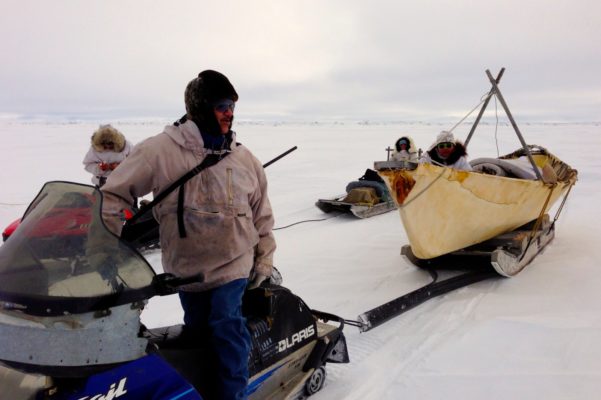
"For over two decades, the sea ice group at the University of Alaska has worked with the community of Utqiaġvik, establishing an integrated observing network. This network includes local observations, a coastal radar system to monitor ice conditions, an in-situ mass balance site monitoring environmental change such as ice growth and snow cover, and the mapping of community sea ice trails." In thi ...[Read More]
Climate change and the Cryosphere – With ice we are also losing a piece of our cultural heritage: a glaciologist’s perspective
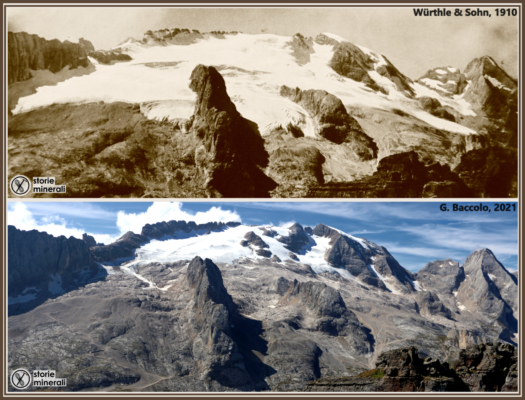
Glaciers are shrinking and disappearing in many regions of the Earth. Did you know? I am joking of course. We are flooded with news talking about this. The decline of glaciers has manifold and severe consequences and is one of the most powerful icons of climate change. Here I want to talk a little bit about one of the less talked about impact of glacier decline: the loss of culture and knowledge r ...[Read More]
It’s getting hot in here: Ancient microbes in thawing permafrost
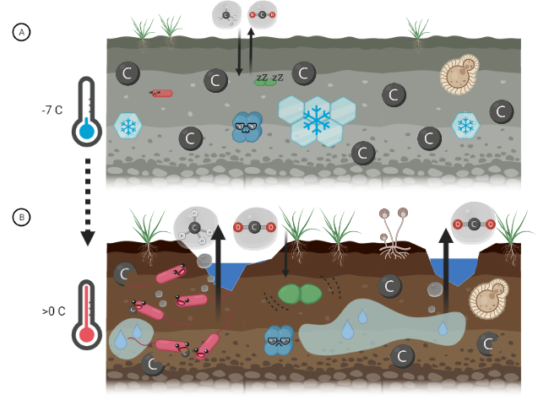
Did you know that the oldest organism on Earth is believed to be a microorganism found in 3-million-year-old permafrost in Siberia? There, it was living at a cosy average temperature of -10 °C at 14 m depth. Or did you hear that some other Arctic soil microorganisms can happily live at extreme temperatures down to -40 °C? Scientists often use these “extreme” microorganisms to get an idea on how ex ...[Read More]
Mapping sea ice from space
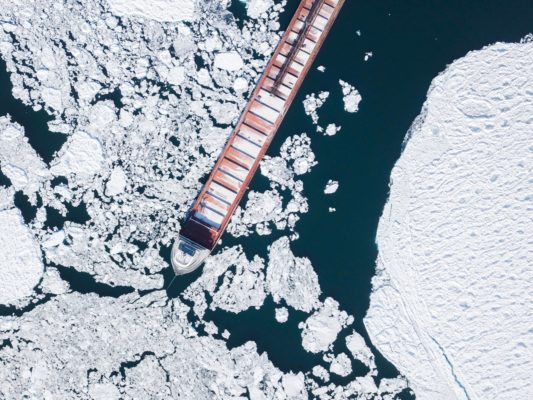
Reduced and thinner sea ice makes Arctic waters increasingly appealing for shipping, fishing, tourism, and mineral exploration. However, with increased accessibility and more dynamic ice conditions comes a greater risk for ship crews to encounter sea ice and icebergs outside of their usual seasonal limits. To help them navigate, timely and reliable sea ice information is key. Have you wondered how ...[Read More]
Life on the (Ice) Edge: Antarctic Seabirds and Sea Ice
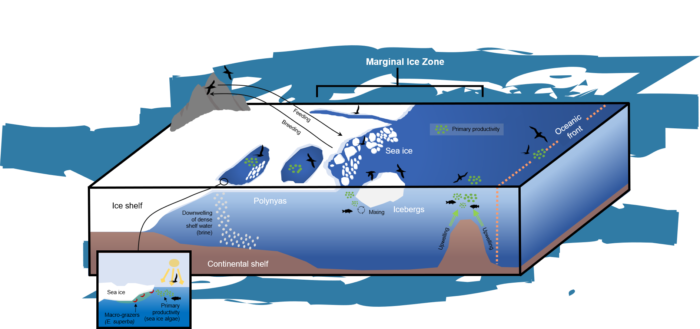
The vast expanse of Antarctic sea-ice may appear inhospitable at first, but the region supports one of the most productive ecosystems on Earth. Amongst the organisms that call Antarctica home, certain seabird species have become so well adapted to the harsh conditions that they not only survive in the region, but flourish. Like all Antarctic organisms, seabirds are intricately linked to the contin ...[Read More]
The “Cliffs Notes” on Ice-Cliff Failure
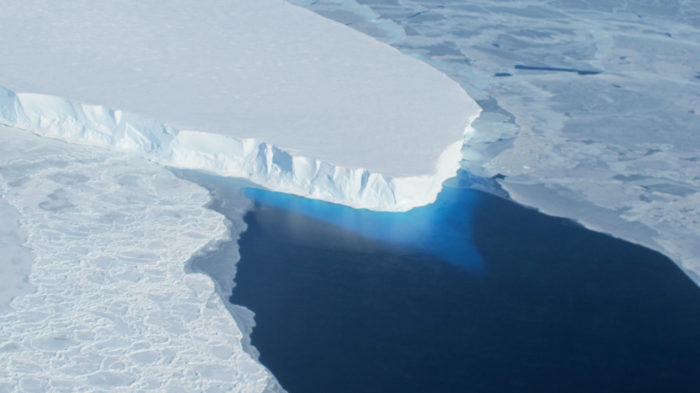
The retreat of large glaciers that drain the Greenland and Antarctic ice sheets could expose immense ice-cliffs at newly-bared calving faces, which are the exposed ends of glaciers where, in these cases, glacier ice meets the ocean. Past a certain height, these ice cliffs will become susceptible to collapsing from high stresses, a process known as structural ice-cliff failure. If a taller ice clif ...[Read More]

